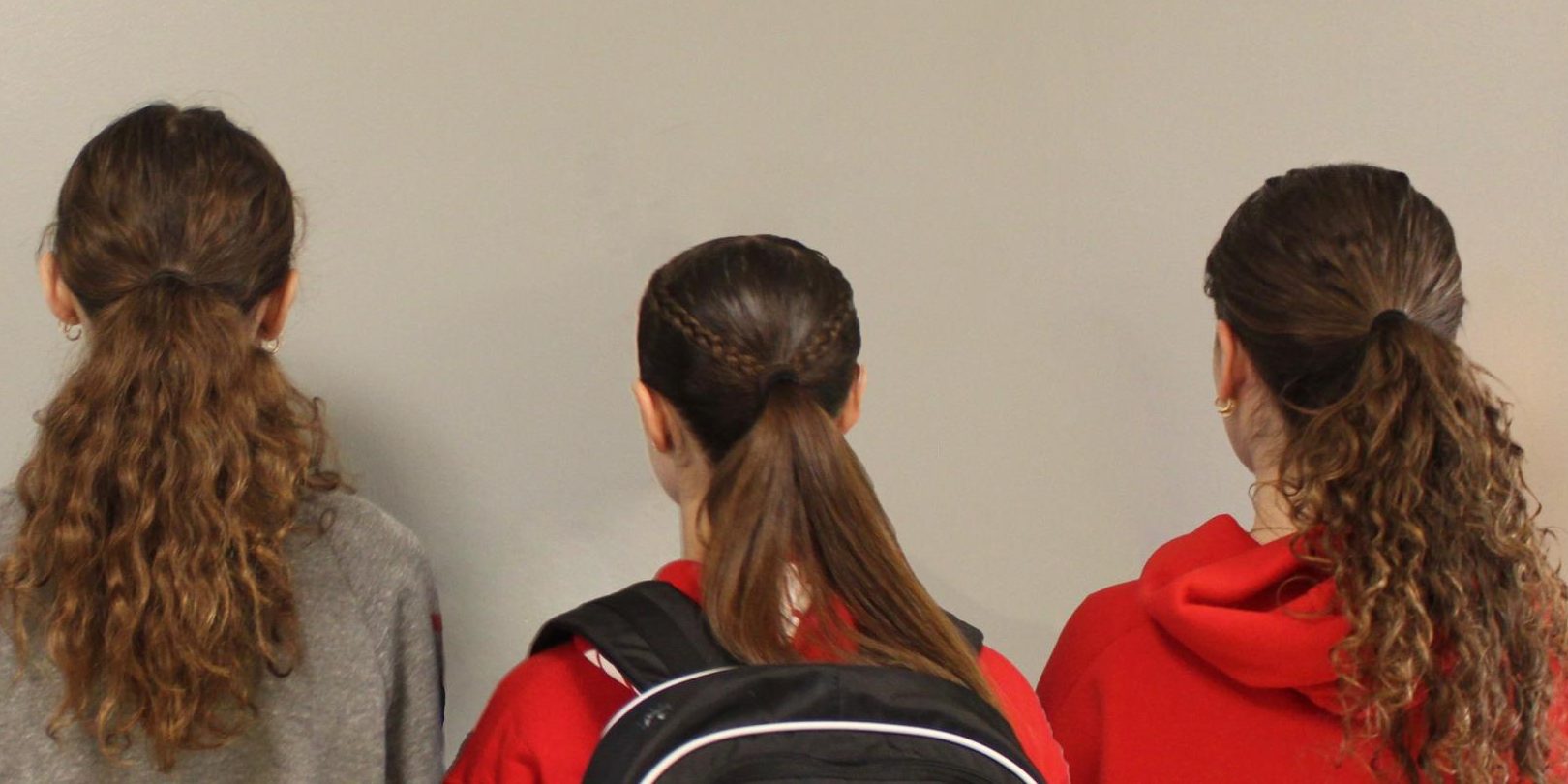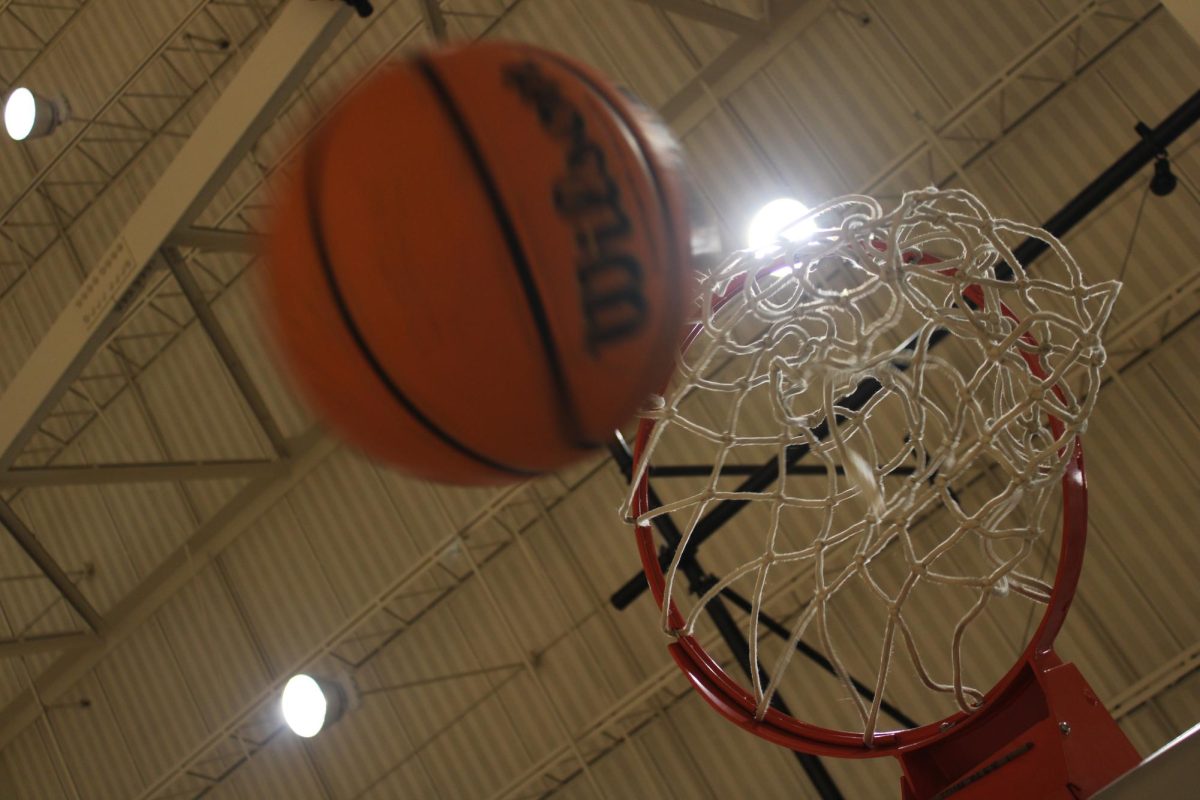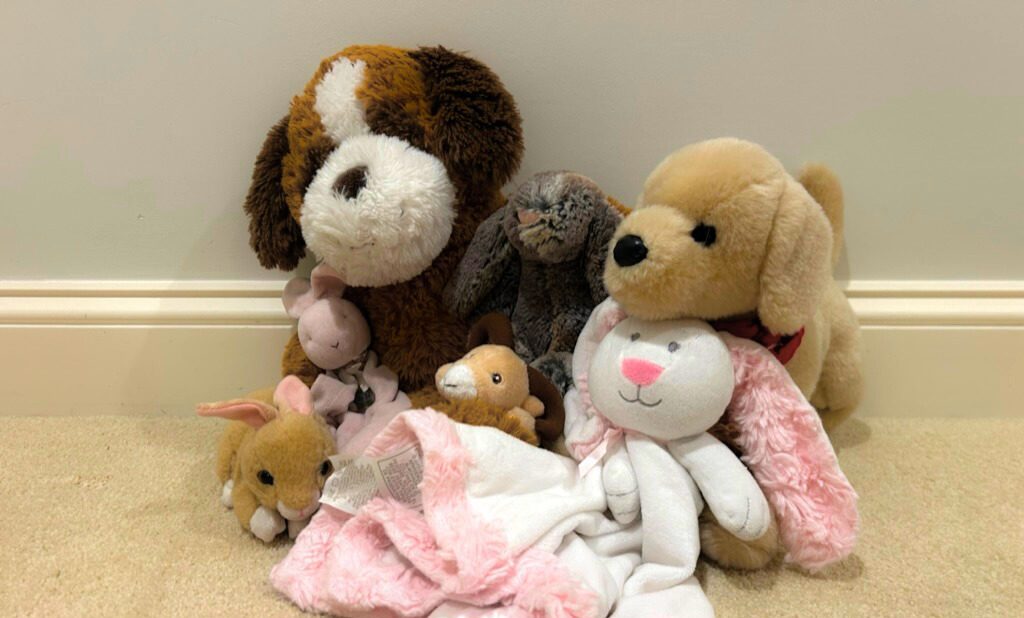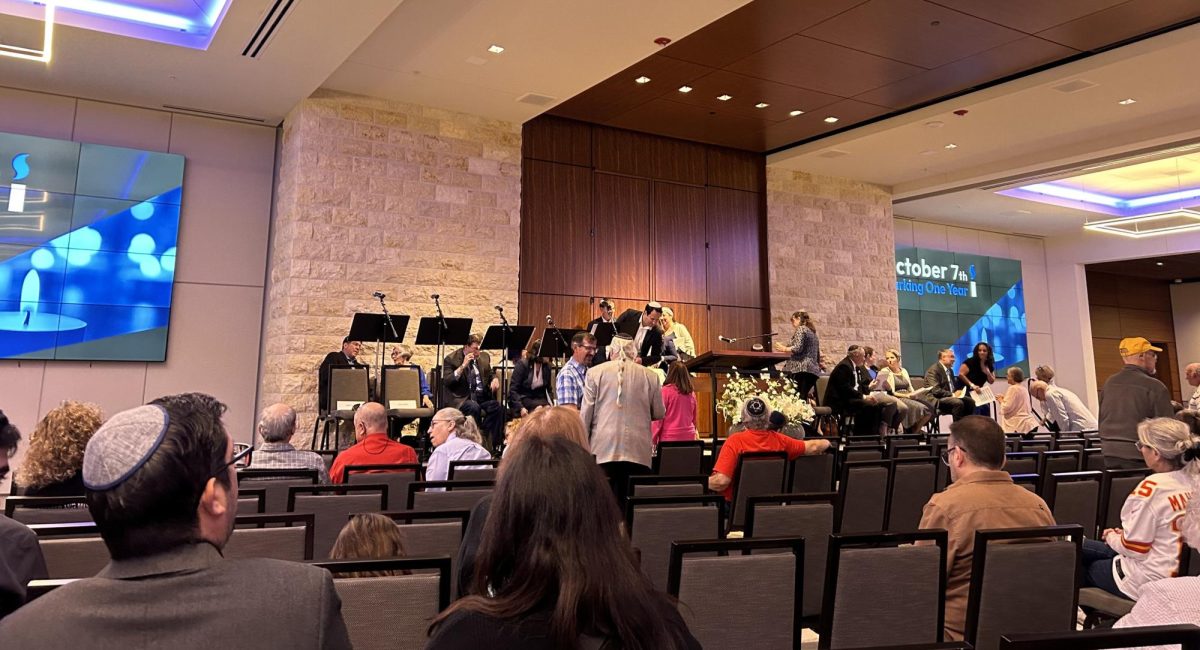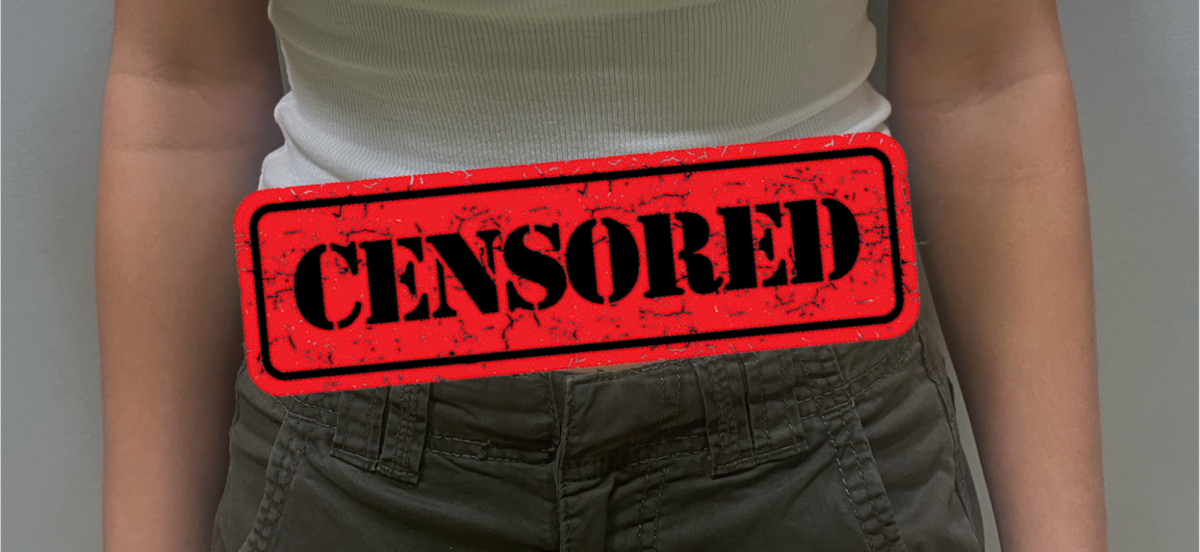Dance is fundamentally about self expression for me. It gives me an outlet to channel my emotions through my own movement. Dance is a unique art form which allows me to create my own style and show my emotions through my performance. However, the competitive dance community’s imposed hair beauty standards make it difficult for me to express myself on stage. As a girl who was raised to embrace and celebrate my natural curls, being required to straighten it for a dance competition makes me feel that because my hair doesn’t look like everyone else’s, it isn’t good enough, and it needs to be changed.
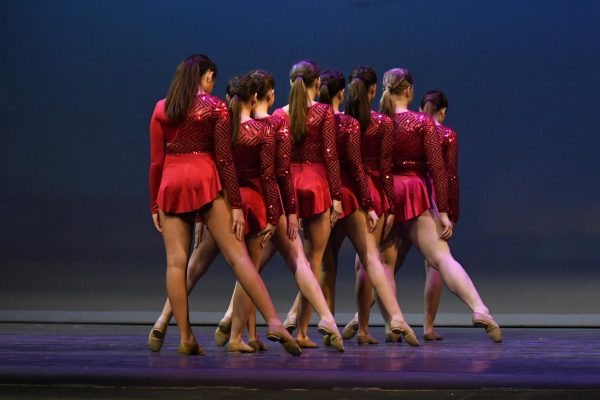
A judge at a dance competition will dock points from a dance routine if not all of the dancers’ hair looks the same, however I think they should be judging the routine primarily off of the actual dancing. Nevertheless, why are dancers with curly hair required to straighten it?
Dance competition judges give a routine a score based on five categories: technique, performance, presentation, choreography, and overall impression. The five categories contribute to a score that is given out of 100 called an adjudication score.
When it comes to the hairstyles of the dancers, the judges will take away points from the presentation category if a dancer’s hair distracts from the routine. Judges will deem a dancer’s hair “distracting” if they are touching or fixing it during their performance, if it falls out, or if it hits other people.
There is no official rule about the texture of the dancer’s hair, however there are instances of judges docking points from a routine if any of the dancers do not have “uniform” hair. I think these actions give the impression that some judges are not able to look past the fact that not all of the dancers have the same hair type.
Joey Ortolani, a professional dancer, instructor, and competition judge, shared in his article for Impact Dance Adjudicators, that not only is it important for all of the dancers to have the same hairstyle, but the execution of the hairstyle should be the same. Ortolani says, “It’s very distracting to see a group of dancers with pristine, pulled back, and seemingly glued down hair, only to scan across the formation to see a sloppy ponytail or fly-away hairs.”
Gabbie Granoff, an alumna varsity dancer at Shawnee Mission South, shared, “It [requiring dancers to straighten their hair] feeds into the stereotype that curly hair isn’t professional, and I don’t think that is something that we should feed into.”
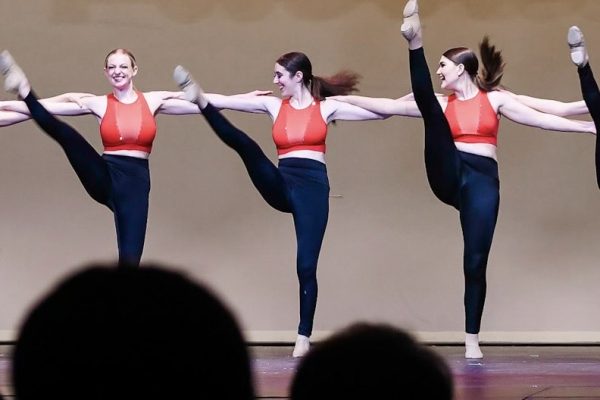
Granoff shared that having to straighten her hair didn’t lower her confidence, but it was very time consuming, and it put her in a position which was not ideal.
Granoff said, “It also makes it seem that every dancer has to look the same which I also don’t think is great.” Granoff shared that what makes a dance better is when everyone can add their own thing.
Granoff says that for anyone who is watching the competition, seeing a group of dancers all with straight hair hides the fact that some of the dancers have curly hair. Granoff shares, “I think if you’re little and you see ‘Oh everyone has straight hair’ you might be like ‘Oh I can’t dance because I have curly hair’.”

Encore at the J dancer Carolyne Graham said, “I get that we have to look the same, but I feel like that’s taking it [having a uniform hairstyle] a bit too far.” Graham shared that she noticed how some dancers are able to show up with their natural hair, while others have to straighten it.
Graham says that this sends a negative message to people with curly hair saying that our hair does not look presentable enough.
When I asked how her confidence has been affected she shared, “You want to be confident about your hair… and you want to like how it looks, and when someone tells you you have to straighten it for a competition… it does knock your confidence a little bit.”
Professional dancer, and my former dance teacher, Desiré Brown competed on her high school dance team as well as her college dance team. From her first competition in eighth grade, she constantly had to change her hair for any competition or performance.
She said through Instagram messages, “It’s funny though, as a Black girl in dance, my differences from the majority drew attention when it didn’t matter, but were ignored when it mattered most.”
She continued saying, “I was straightening it [her hair] all the time,” Brown said. “It’s definitely why my hair was so terribly heat damaged in high school and throughout all of college.”
Brown always had to conform to everyone else. Brown’s teammates’ hair was easily transformable from style to style with a little water and gel. “Meanwhile,” Brown told me, “My mom spent three hours the night before in a multi-step process just to get it as straight as my teammates.”
Brown explained that forming her hair into “simple” hairstyles wasn’t so simple for her. She said that “Changing it based on what dance was next was even harder, especially when my hair reverts back to its kinky-coily state from moisture.”
Brown said that she felt singled out. She said it wasn’t always direct, but for her it was always noticeable.
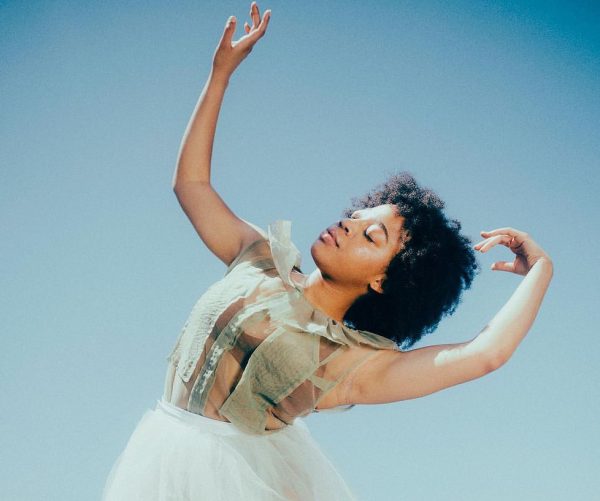
Brown said that inclusive hairstyle options should still be deemed acceptable in a group dance when being judged. “Uniqueness in dance should be celebrated and not judged through a single lens that shows favor to one hair texture over another.”
While I understand the importance of having a group of dancers look put together and uniform, being required to straighten our hair creates inauthentic beauty standards. It also perpetuates the lack of representation and decreases the confidence in dancers like me, who are forced to change their appearance.
Additionally, dancing with straight hair makes me feel less confident, for I am not able to truly express myself. I wish that I wasn’t expected to damage my hair and change myself to compete in the sport that I love.
I believe that dance competition judges are able to appropriately gauge a group’s dancing without being distracted by arrays of different hair types on stage. As society is constantly growing and changing, I think it is time for dance competition rules to also undergo some change.

